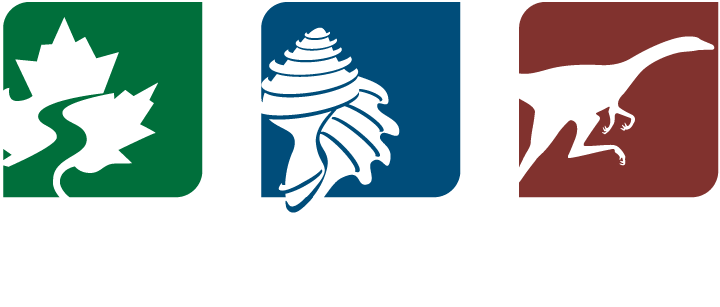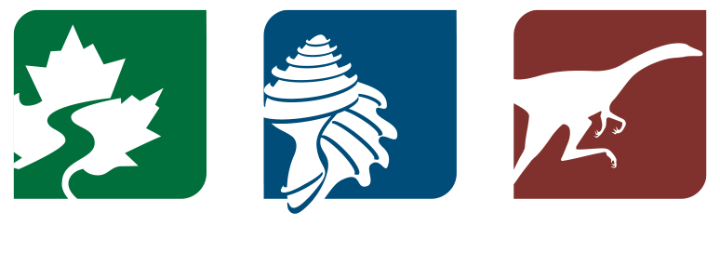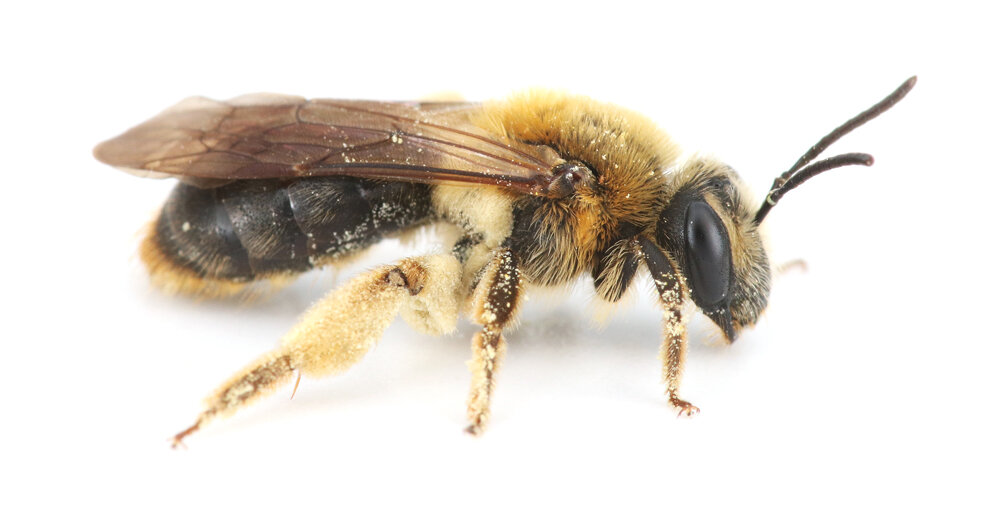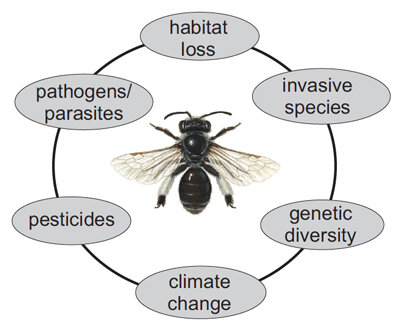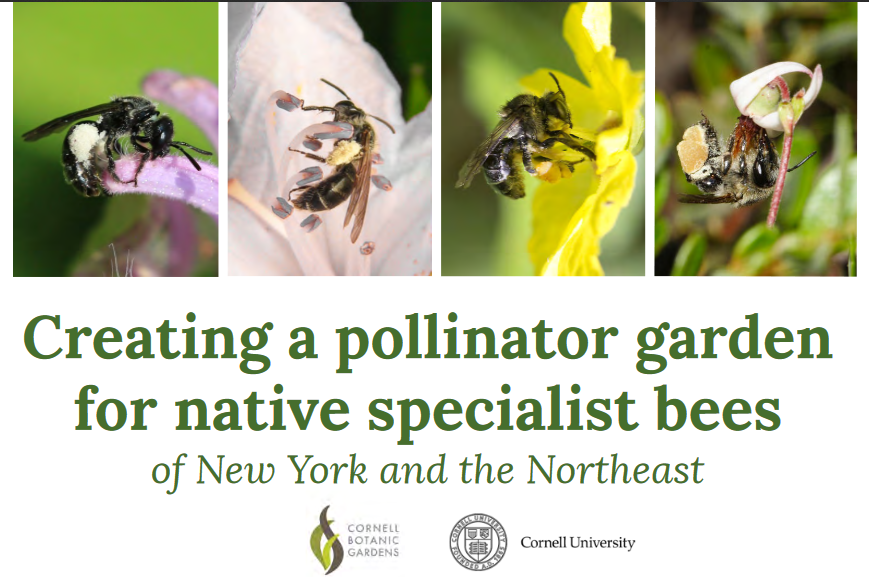Threats to Bees
In 2007, honey bees began disappearing. Beekeepers across the United States reported that adult worker bees were leaving their nests, queens, larvae, and resources with no apparent cause. Large, industrial bee keepers suffered dramatic losses. Colony collapse disorder (CCD) brought public attention to the importance of pollinators, human impact on their health, and the consequences of their potential loss.
Multiple factors contribute to honey bee colony loss:
Diseases
Parasites
Pesticides
Long-distance transportation of colonies
Winter survival rates
Limited floral resources
Fluctuations in the honey market
Honey bees aren’t the only bees at risk. At least 45% of Europe’s bumblebees are in population decline due to habitat fragmentation and loss of foraging plants. In North America, four species of bumblebees are in decline and one is already extinct. We know much less about the conservation status of solitary species. Recent evidence suggests that 49 eastern North American bee species are in decline, including ground nesters, stem and cavity nesters, narrow host-plant specialists, and brood parasites.
The most significant threats to bees.
The most pressing threats to long-term bee survival include:
Climate change
Habitat loss and fragmentation
Invasive plants and bees
Low genetic diversity
Pathogens spread by commercially managed bees
Pesticides
What can I do to help bees?
Build a pollinator garden with wildflowers
Bees, butterflies, and other pollinators need nectar as their primary food source, and female bees collect pollen as food for their offspring. Native plants, which are adapted to local soils and climates, are the best sources of nectar and pollen. Most native plants are low-maintenance and don’t need irrigation or fertilizers.
Enhance nesting spots
Many bees nest in downed wood, hollow stems, brush piles, stone walls, and storage sheds. Ground-nesters like areas of loose, recently disturbed soil. To boost “renter” bee populations around your house, consider installing bamboo stalks, blocks of wood with drilled holes, or nesting straws.
Be cautious with pesticides
Consider reducing pesticide use or switching to organic herbicides, fungicides, and insecticides. Apply pesticides early or late in the day to avoid impacting bees when they are most actively foraging.
Bumblebee visiting lupine flowers in a backyard garden in central New York (YouTube).
Get the guide!
Download a copy of “Creating a pollinator garden for native specialist bees of New York and the Northeast” for all the information you’ll need to get your pollinator garden set up!
